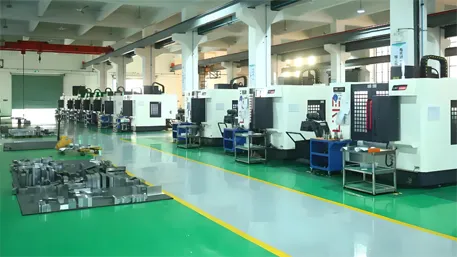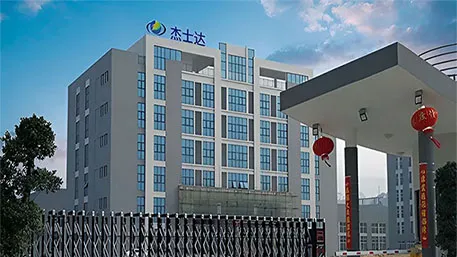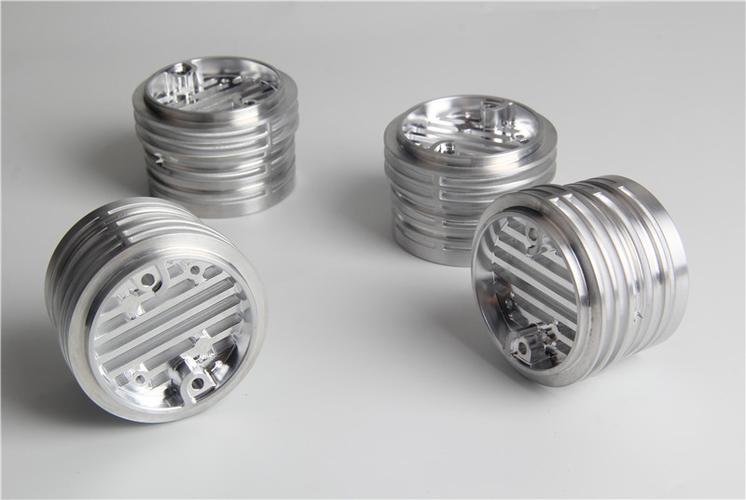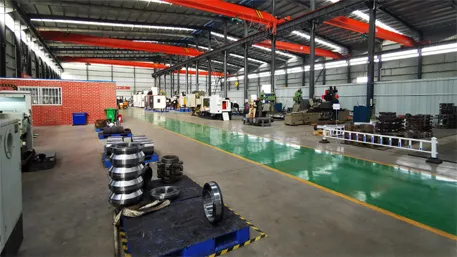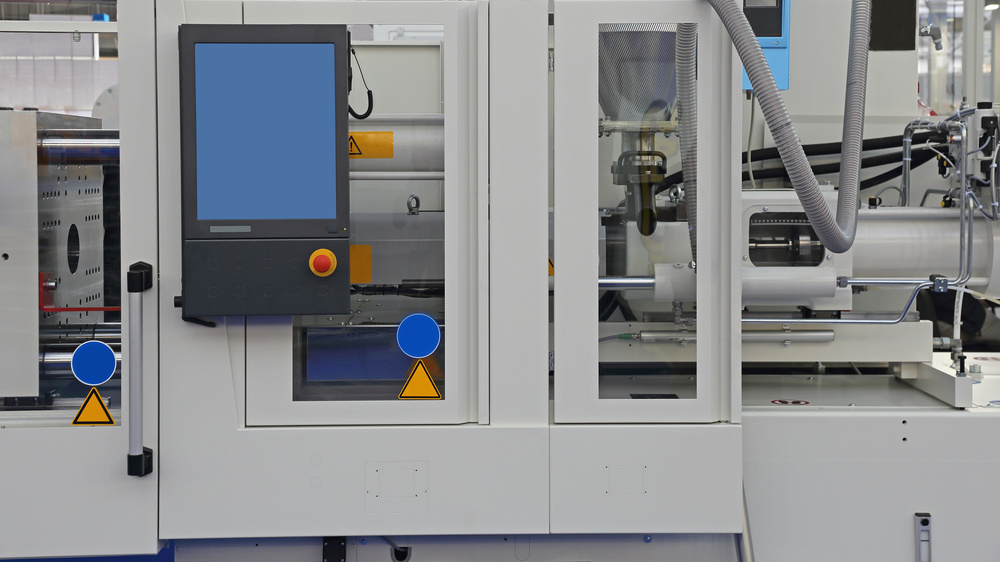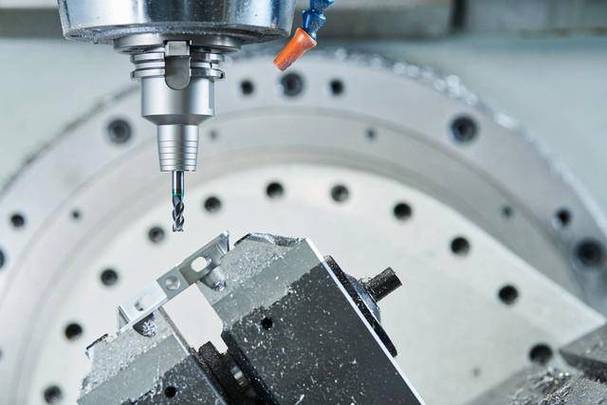CNC (Computer Numerical Control) turning process is undoubtedly a shining star in the bright starry sky of modern manufacturing. With its high precision, high efficiency and wide applicability, it has become an indispensable key technology for the production of many precision parts. What is CNC turning parts?
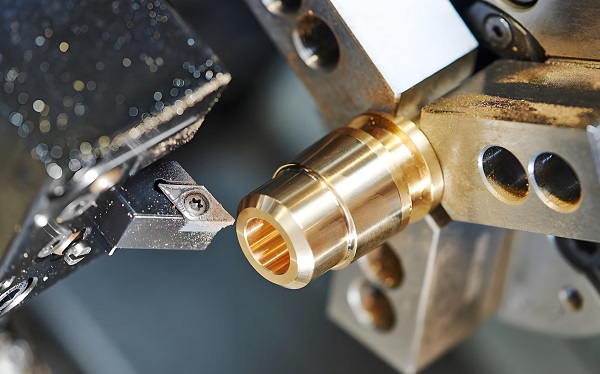
1.CNC turning process overview
CNC turning process is a kind of technological method that utilizes computer numerical control (CNC) technology to control the lathe for precision machining. It combines the traditional turning technology and advanced computer technology, through the pre-programmed instructions, precise control of the lathe and cutting tool trajectory, so as to realize the high-precision machining of the workpiece.CNC turning process not only greatly improves the production efficiency, but also significantly improves the machining accuracy and product quality.
2. Working principle of CNC turning process
The working principle of CNC turning process is relatively complex, but the core lies in the application of computer numerical control technology. In the machining process, the workpiece is clamped on the spindle of the lathe and rotates, while the cutting tool moves according to the preset trajectory, removes the excess material on the workpiece through the cutting action, and ultimately obtains the shape and size of the parts that meet the requirements.
Specifically, CNC turning process includes the following key steps:
a. Programming: According to the part drawings and processing requirements, the use of specialized programming software to prepare the machining program. The program describes in detail the cutting tool trajectory, cutting speed, feed rate and other machining parameters.
b. Preparation: The workpiece is mounted on the spindle of the lathe and clamped, and at the same time, the appropriate cutting tool is selected and mounted on the tool holder. In addition, it is also necessary to carry out the necessary debugging and inspection of the lathe to ensure that the parameters are set correctly.
c. Processing: start the lathe and run the processing program, the computer numerical control system according to the program instructions to control the lathe and cutting tool trajectory. In the machining process, the cutting tool continuously removes the material on the workpiece until it reaches the required shape and size.
d. Inspection: After machining is completed, the parts are inspected and accepted using various measuring tools. Detection includes dimensional accuracy, shape accuracy, surface roughness and other aspects, to ensure that the parts meet the design requirements and quality standards.
3. Advantages of CNC turning process
High precision: CNC turning process adopts computer numerical control technology to control the machining process, which can realize extremely high machining precision and stability. Through precise programming and control, it can ensure that the dimensional accuracy and shape accuracy of the parts can reach micron level or even higher.
High efficiency: The CNC turning process is characterized by a high degree of automation and fast machining speed. Once the program is set and the lathe is started, continuous machining can be realized, which greatly improves productivity. In addition, CNC lathes can also perform multi-task parallel processing, further improving production flexibility.
Wide applicability: The CNC turning process is suitable for machining a variety of metallic and non-metallic materials. Both hard steel materials and soft aluminum alloy materials can be processed by CNC turning process. In addition, CNC lathes can be modified and upgraded as needed to accommodate the processing of parts of different shapes and sizes.
Repeatability: The CNC turning process is highly repeatable. Once the machining program has been set up and verified to be correct, it can be repeated many times without reprogramming or adjusting parameters. This repeatability ensures the consistency and stability of product quality.
4. Application areas of CNC turning process
CNC turning process is widely used in aerospace, automobile manufacturing, mechanical equipment, electronic equipment and other fields. In the field of aerospace, CNC turning process is used to produce high-precision engine parts and aircraft structural parts; in the field of automobile manufacturing, CNC turning process is used to produce a variety of precision automotive parts such as crankshafts, connecting rods, etc.; in the field of machinery and electronic equipment, CNC turning process also plays an important role in providing high-quality parts and components for a variety of precision machinery and electronic equipment support.
5.CNC turning process of machinable materials
CNC turning process is very extensive in the choice of materials, mainly including but not limited to the following categories:
a.Metal materials:
Aluminum and Aluminum Alloy: Aluminum is one of the commonly used materials in CNC turning process due to its light weight, high strength, corrosion resistance and easy machining. Aluminum alloys are widely used in many fields such as aerospace, automotive, and construction.
Stainless steel: Stainless steel is often used in CNC turning to manufacture parts that require high strength and corrosion resistance, such as medical equipment, food processing equipment, etc., due to its high strength, high corrosion resistance and easy machinability.
Steel: including carbon steel, alloy steel, etc., these materials are used in CNC turning to manufacture a variety of mechanical parts, tools and so on.
Copper and copper alloy: such as brass, because of its good electrical conductivity, thermal conductivity and corrosion resistance, in CNC turning is often used to manufacture electrical components, piping and so on.
b. Non-metallic materials:
Plastic: Including ABS, PC, POM and many other plastic materials, these materials are used in CNC turning to manufacture electronic product housings, automobile parts, medical devices and so on. Plastic materials are widely used in fields that require these characteristics due to their light weight and good insulation.
Composite materials: such as carbon fiber composites, glass fiber composites, etc. These materials combine the advantages of a variety of materials, with high strength, high stiffness, low weight and other characteristics, used in CNC turning for the manufacture of parts with high performance requirements.
6. Characteristics of CNC turning products
High precision: CNC turning process is precisely controlled by computer numerical control technology, which can ensure that the processed parts have extremely high dimensional and shape precision. This high-precision feature makes CNC turning products are widely used in fields that require high precision, such as aerospace, precision instruments and so on.
High surface quality: CNC turning process can maintain continuous contact between the tool and the workpiece during the machining process, and realize smooth surface machining by precisely controlling the cutting parameters. This high surface quality characteristic makes CNC turned products have better appearance and longer service life.
High Consistency: The CNC turning process uses pre-programmed machining programs for machining, and once the program is set up and verified to be correct, it can be repeated many times without the need for re-programming or parameter adjustments. This high consistency ensures consistent and stable product quality.
Wide material adaptability: CNC turning process can process a variety of materials, including metals, plastics, composite materials, etc. This wide material adaptability makes CNC turning process has a wide range of application prospects in various fields.
High efficiency: CNC turning process adopts automatic processing method, which can greatly improve the production efficiency. At the same time, CNC lathe also has multi-task parallel processing capability, which can further shorten the production cycle and reduce production costs.
CNC turning process as an important part of modern manufacturing industry, with its high precision, high efficiency and wide applicability has won wide praise and application. With the continuous progress of science and technology and the continuous development of manufacturing industry, CNC turning process will continue to play its important role in providing more high-quality and efficient machining solutions for various industries. We look forward to seeing more innovative CNC turning applications and technological breakthroughs in the future, and jointly promote the manufacturing industry towards a more brilliant tomorrow!

